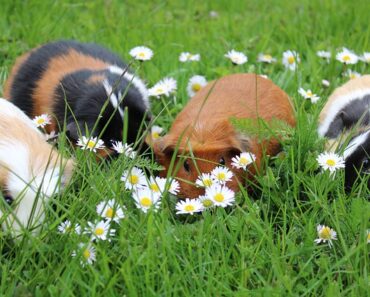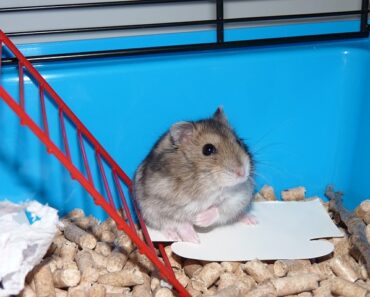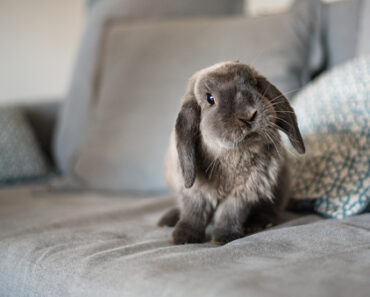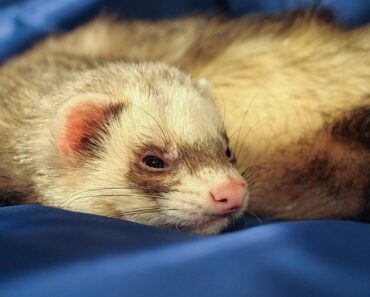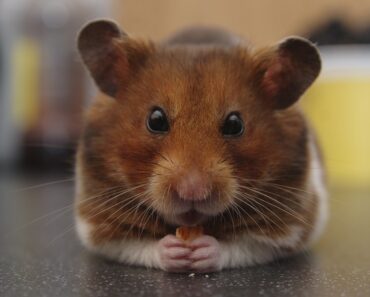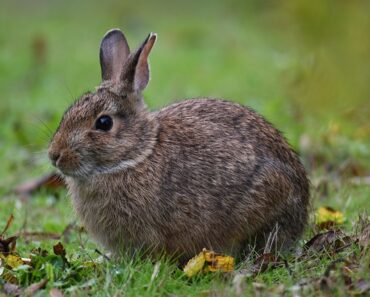Happy owner of a rabbit or a ferret, you have undoubtedly observed that even if your little protégé sheds regularly, there are periods when this loss is more abundant. This is called shedding and don’t worry, it’s totally natural!
In this article, we will explain what molting is and how to best help your pet during this period.

Moulting: a natural loss of hair
Moulting is characterized by an intense loss of hair and takes place twice a year: in spring and in autumn, when the changes in sunlight are the most marked: the days are longer or shorter.
The purpose of shedding is to adapt the animal’s coat to the season: in the fall, the hair and undercoat become denser in preparation for the cooler winter months, while in the spring, the coat is lightened with less hair and fewer undercoats in anticipation of the warmer season.
For rabbits and ferrets that don’t go outside much or at all, it is possible that the shedding is less pronounced than for an animal that has access to the outdoors. This is due to their environment: they live in a home with a fairly regular temperature throughout the year and are less exposed to natural daylight.
How does moulting manifest itself in rabbits and ferrets?
For ferrets, most of the hair loss occurs on the back, neck, belly, top of the legs and tail. The shedding is easily noticeable when you can distinguish a bluish skin, synonymous with hair growth.
Also, it is not only a question of loss of hair, but also of a change of color. Thus, the coat is lighter in winter and darker in summer. Also, it is not uncommon to observe a variation in the size of the mask, the hair located around the eyes.
As for the rabbit, it presents a very important grooming behavior, just like the cat. By licking, it ingests a large quantity of dead hair. Difficult to eliminate by natural means, the hairballs can then cause intestinal problems, such as slowing down or even blockages.
A few tips
To avoid the inconvenience of shedding, rabbits and ferrets need your help
- The best way to help your small animal is regular brushing. During the molting period, grooming should be done frequently, even daily, in order to preserve your pet’s coat, but also for its well-being.
Also, it is important to remove dead hair from the coat and hair that has fallen to the ground every day to prevent it from being ingested. Animals with long or medium-length hair require special attention, but we must not forget those with short hair. - The main discomfort of shedding is hairballs. You can then relieve the rabbit and ferret by administering malt paste to lubricate and facilitate the elimination of hair. For rabbits, you should also consider increasing the amount of hay and fiber in the diet to promote proper intestinal transit.
- Finally, for the beauty of your ferret’s hair during regrowth, think about food supplements such as brewer’s yeast or salmon oil.

